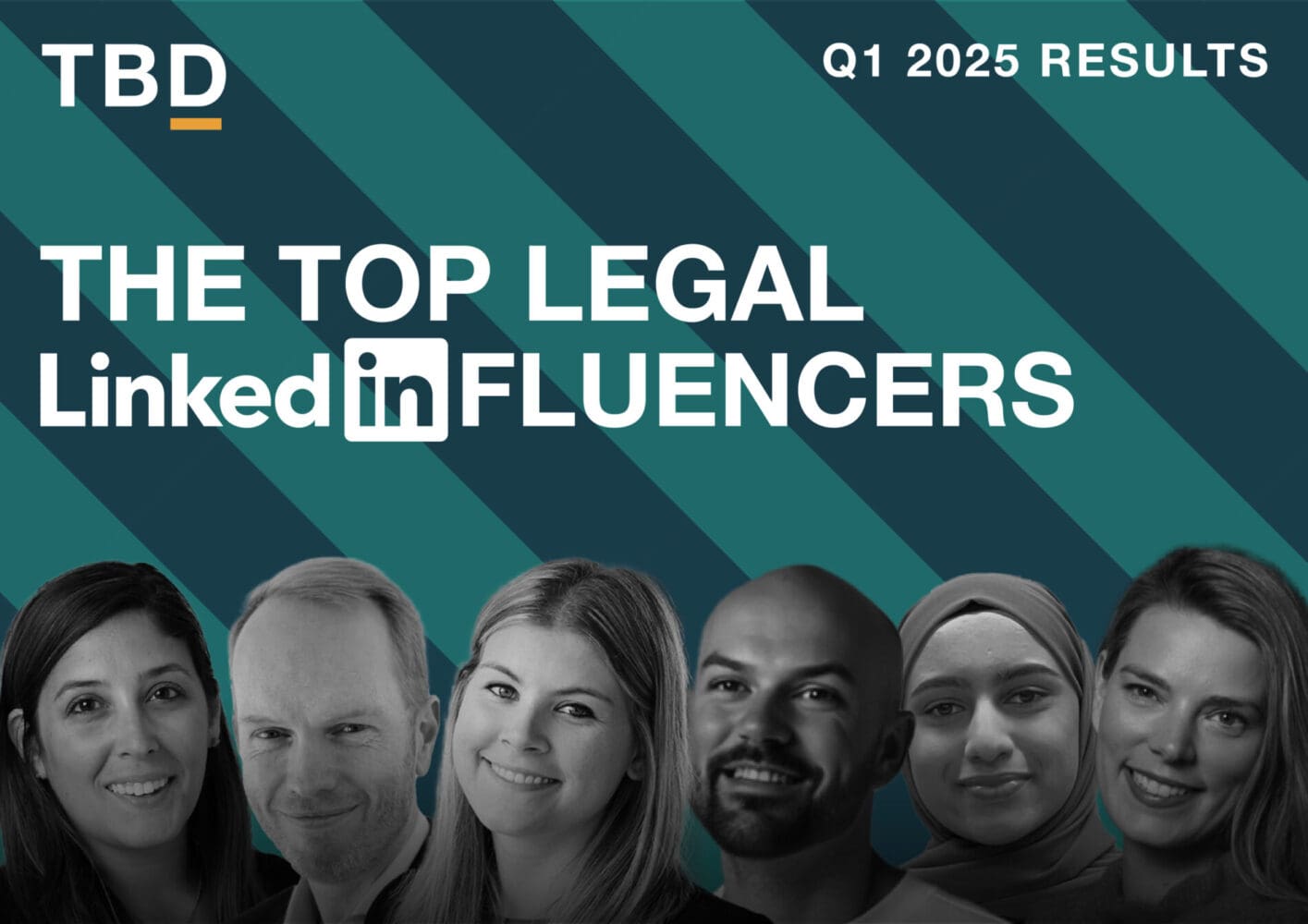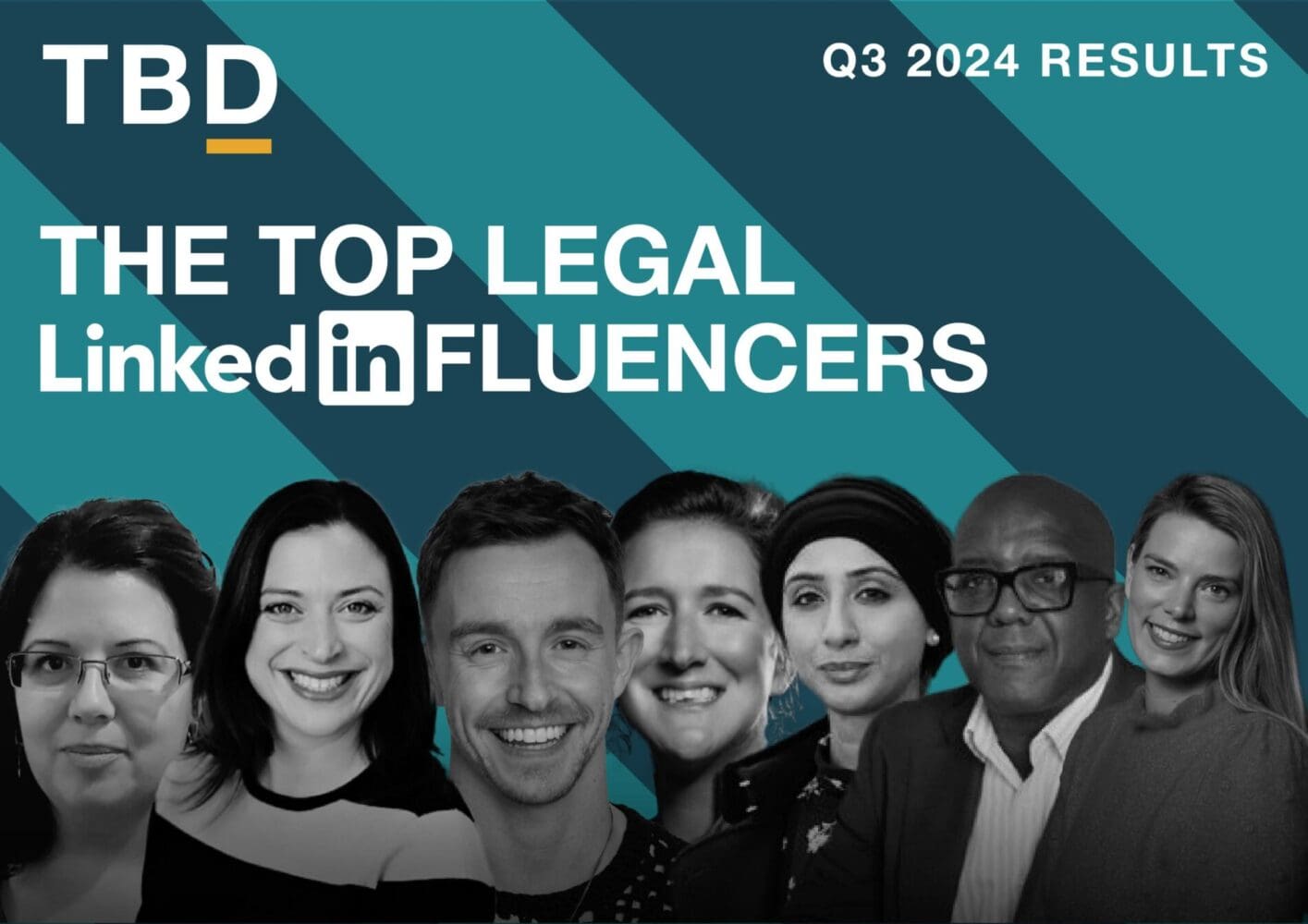Why can’t LinkedIn compete with Facebook and Twitter as a marketing channel?
We can tell you how many followers we have on Twitter, how many friends we have on Facebook and how many followers and employees we have on LinkedIn.
We can also tell you how many followers you have on Twitter, how many friends you have on Facebook and how many followers and employees you have on LinkedIn.
We can tell you how many shares one of our articles gets on Twitter, LinkedIn and Facebook and how many shares your articles get on Twitter and Facebook.
We can also tell you our tweets with the most impressions this year, how many likes/reactions we got on Facebook, what sentiment was behind audience interactions and how many times an advert was served on Twitter and Facebook and if it was clicked on.
The same goes for Pinterest and Reddit.
Why? Because, each of these platforms allows you access the data, either through an API or by downloading it as a CSV file and then compiling it with your other data.
So, what about LinkedIn?
LinkedIn claims to be the largest professional social media site in the world. Agreed.
And if you’re interested in b2b communications rather than b2c, its membership makes it an obvious choice.
And it has some great tools like Sales Navigator (Basically LinkedIn on steroids!), which allows marketers to use the advanced search functionality, coupled with detailed filters, to identify suitable prospects, save them as leads, monitor their activity, and engage with them.
That’s all great, but how does it stack up when it comes to tracking, measuring and reporting on your activity? The answer is… it’s frankly pretty rubbish. LinkedIn will not give you data about your own posts for more than just the prior month.
It will do so on your company page but we all know that’s not where the real engagement happens on LinkedIn, right? It’s a peer-to-peer platform and engagement metrics are unavailable on that front without doing a manual and repetitive task each and every month. In a data-led age, we should be spending time on data analysis not on data collation.
How did we get here?
In around 2015, LinkedIn decided it was going to become the world’s largest publishing house, but then it lost its nerve and reverted to settling for being the world’s largest self-updating CV bank.
LinkedIn’s seemingly never-ending parade of transformations – recruiter, recruiter’s best friend, communications, marketing’s best friend, sales, sales’ best friend, meant that it could never quite settle on what data users should have access to.
Your own contacts… sure, export them into an Excel file.
How many times an article has been read in the last year (if published more than a month ago?), or engagement that takes place in groups forget it.
So why now?
We believe that LinkedIn has settled on a business model and it’s time for it to play ball like other social media do and share insights. It’d be a massive win:win as marketers (like us) would be able to show clients what was working and what was not, and inform their strategies accordingly. That means that LinkedIn would be used better, which means that it would likely be used more, which is to the benefit of everyone, including LinkedIn itself of course.
2020 is the year in which analytics are going to become increasingly important for business professionals as we seek to do more with less. Data-led marketing is essential to demonstrate return on investment and LinkedIn stands to lose out as marketers can’t analyse their return on investment in the platform.
Let’s compare it with Twitter
We’ve recently analysed our twitter stats (get in touch if you’d like us to do that for you), and we have been able to work out:
- What kinds of tweets work best for us;
- When best to tweet in terms of:
- Day of the week
- Time of day (hour)
- Minutes past the hour
- The words and phrases we use
- Who we speak to most often
- Who we speak about most often
Now, if similar insights were available to everyone on LinkedIn, about their use of LinkedIn, we’d have a better LinkedIn.
So please can LinkedIn open up their stats and reopen their API?
In return, here’s a massive money-spinner for you, LinkedIn…
How’s about if you launched a new subscription service called Alumni and automatically created an alumni network for every organisation over 20 people? The data would manage itself, companies could segment groups as they do in Sales Navigator, and every single alumni programme in the world would get better as it would start with more perfect data.
That idea is worth more than being stingy with our data, in our opinion. What do you reckon, LinkedIn?
This piece was written in conjunction with content marketing genius Ben Hollom of M2 Bespoke.







